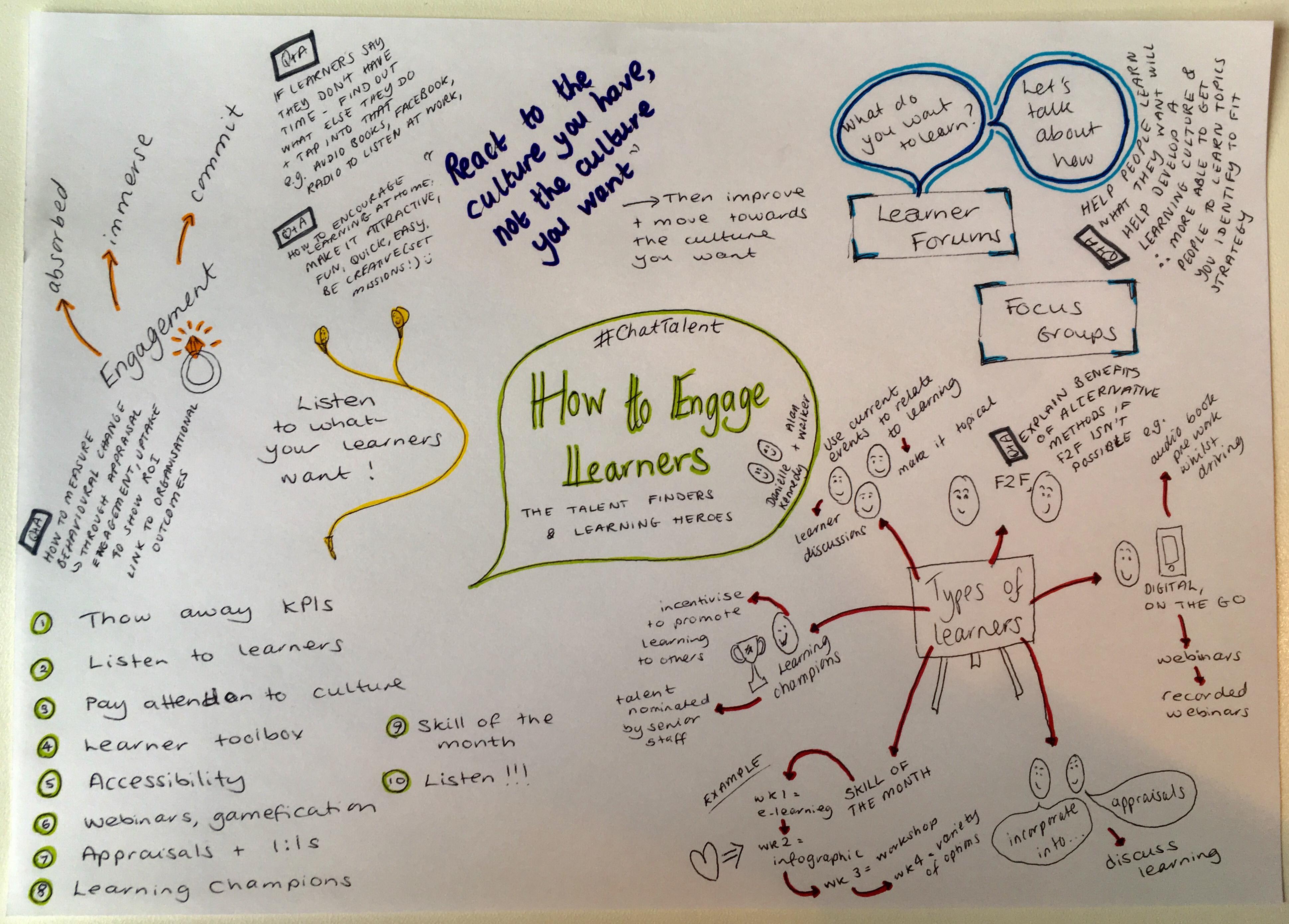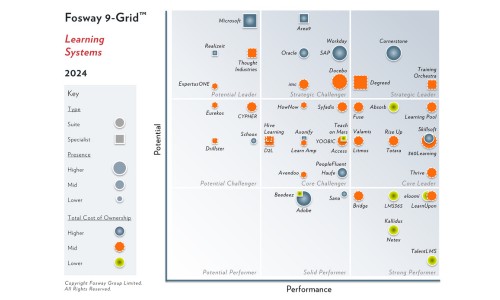Better Learner Engagement: 10 Ways to Engage Learners
We recently held a webinar entitled, Learner Engagement: 10 Ways to Engage Learners, which gave great tips for capturing your learners’ attention and increasing their retention of course material. You’ll need to watch the webinar to see all 10 tips, but to get you started, here are the first four.
- Run from the KPIs. Ok, not really, but remember that people are human, not robots. We can’t always be measured by numbers. Sometimes real behavioral change is demonstrated outside of the standard check-boxes, so consider different ways of measuring learning success, beyond just basic KPIs.
- Listen to learners. Your people are smart already. They often know what they need better than the professional training team. Asking for feedback and input on what they want to learn next will help you develop a course catalog that matters to them and to their careers. They know where they want to go, so allow them to show you the way.
- React to the culture you have, not the culture you want. You can’t make anything better unless you accept the present reality. Looking to other company’s cultures and basing learning programs on how they operate might not advance your company’s unique position. Embrace where you are now and build training that takes your particular people to the next level.
- Try toolbox talks. These are face-to-face practices that drive home a key piece of learning. They don’t need to be complicated and can be super short; a lot can be conveyed even in five-minute increments. Or, you can run programs such as a Skill of the Month, where you break the month into four weeks, each week giving a short bit of the training to ultimately get learners up to speed by the end of each month. That adds up to twelve opportunities to improve your workforce in very specific ways.
In addition to watching the full webinar, please also check out this super cool sketchnote of the webinar information by Cat Hase that we found on LinkedIn. Thanks, Cat! We’re thrilled to share your interpretation here:





